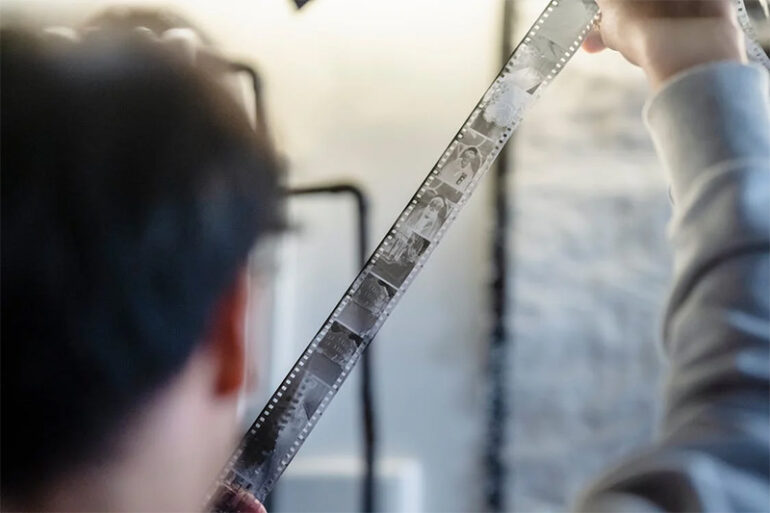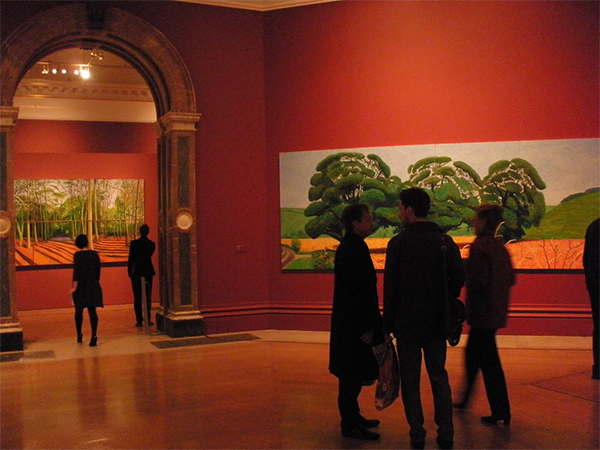The junction of visual art and film has spurred a dynamic change in artistic expression whereby the once-clear lines separating moving pictures from stationary representations start to blur. This synergy has motivated artists to investigate creative approaches and stories, therefore enhancing their output with the emotional and temporal complexity inherent in movies. A new sphere of creativity opens out as both media interact and invites viewers to interact with art in ways that really connect with them and question accepted wisdom.
The Birth of Cinematic Influence on Visual Art
Early 20th century cinema’s rise signaled a turning point for visual art as directors and artists started to investigate the interaction between motion pictures and stationary images. Visual storytelling was experimented with by pioneers like Sergei Eisenstein and Dziga Vertov, who inspired painters to include narrative structure, lighting, and composition into their work. Through this cross-pollination, new artistic forms such Surrealism and Futurism emerged where the dynamism of film shaped artists’ view of time and space. The lines separating these two media began to blur, therefore generating a vibrant conversation that keeps changing.
Techniques and Styles Borrowed from Film
Using aspects like framing, montage, and chiaroscuro, visual artists have progressively taken methods from film to improve their work. Inspired by cinematography, the idea of framing helps artists to establish narrative and emphasis inside their works. Montage techniques, meantime, help artists to portray movement and time, usually producing dynamic, layered images. Inspired by film noir, also the use of lighting gives paintings depth and mood, therefore triggering emotional reactions. These borrowed forms not only enhance the visual experience but also encourage viewers to interact with the artwork more in line with movies.
Impact on Narrative and Storytelling in Visual Art
By means of the incorporation of cinematic techniques, visual artists have greatly changed their narrative approaches and been able to portray difficult stories in their works. Painters can create a sense of development and suspense inside one frame by using successive images and visual clues evocative of film narrative. This narrative richness invites viewers to participate more actively, building the plot and interpreting the emotional undertones. Embracing this idea, artists such as David Hockney and Julie Mehretu have created pieces that stimulate inquiry and contemplation. This changes the relationship between viewer and artwork, therefore promoting a more immersive experience similar to that of seeing a movie.
The Future of Cinematic Influence on Modern Art
The link between film and visual art is likely to change even more as technology develops. Virtual reality and augmented reality are providing artists new paths to investigate immersive storytelling by letting spectators enter their works. The emergence of digital media also makes it possible for artists to seamlessly mix film and painting by altering images and animations to generate hybrid forms of expression. This convergence not only questions conventional limits but also encourages cooperation between visual artists and filmmakers, so creating a dynamic scene where narrative and aesthetics interact in hitherto unheard-of ways, thus influencing the direction of artistic expression.
As developing technologies and creative ideas stimulate fresh forms of expression, the constant conversation between film and visual art promises to change the scene of artistic creation. This synergy not only enhances the storytelling possibilities of visual arts but also motivates creators to try immersive events challenging accepted wisdom. These media interact to open the path for a time when storytelling will transcend conventional limits and invite viewers to connect with art in ever dynamic and interactive ways.
Photo Attribution:
1st & featured image by https://www.pexels.com/photo/person-holding-film-strip-8114327/
2nd image by https://commons.wikimedia.org/wiki/Category:David_Hockney#/media/File:David_Hockney,_RA_London,_2012-01.jpg

